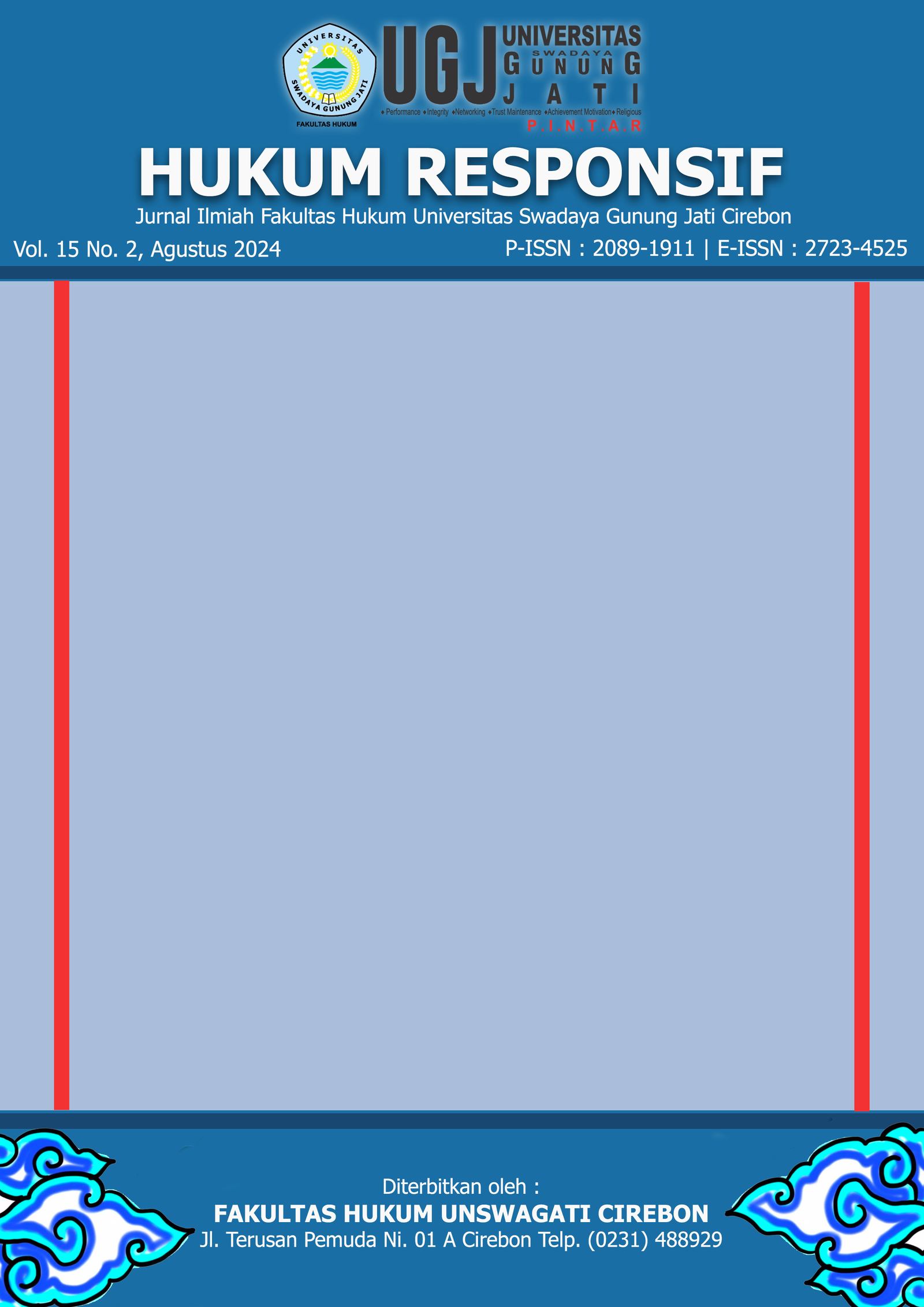EXPLORING THE ROLE OF QUICK COUNT IN ELECTIONS: BETWEEN TRANSPARENCY AND CONTROVERSY
DOI:
https://doi.org/10.33603/responsif.v15i2.9533Kata Kunci:
quick count, transparency, controversy, electionsAbstrak
Quick count is a method of counting election results that is carried out by taking samples of votes from some polling stations (TPS) to predict the final results of the election. Quick counts have become essential in the democratic process, providing fast and accurate preliminary information about election results and serving as a social control tool that prevents fraud. However, the quick count is also not free from controversy. Some parties doubt the accuracy and independence of the survey institutions that conduct the quick count, given the potential for bias and political pressure. In addition, the quick count results that are different from the official results from the KPU (General Election Commission) can trigger tension and distrust among the public. Therefore, survey institutions must maintain integrity and transparency in implementing quick counts to ensure public trust and legitimacy of the election process.
Referensi
Dwi Putri S A et al.2020, Analysis of Election Vote Counting Efficiency Using Quick Count, Real Count and Exit Poll Methods, Pulpit of Justice Volume 13 Number 2 August 2020 Dwi Putri Sartika Alamsyah Ade Monica Windyanti Dwiky Akbar Nugroho
Filzah Hulwani and Joko Setiono.2019, The Role of Survey Institutions as a Form of Community Participation in the 2017 Jakarta Regional Elections, Gadjah Mada University, 2019 | Downloaded from http://etd.repository.ugm.ac.id/
NF Raissoevel.2022, The Influence of Dynastic Politics on the Fulfillment of Citizens' Political Rights (Case Study of the 2020 Surakarta City Regional Head Election,https://repository.uinjkt.ac.id/dspace/handle/123456789/59283
Rangga Pradita.2022, Quick Count Application in the Regent Election in Nganjuk Regency Generation Journal /Vol.6 No.1/ e-ISSN: 2549-2233 / p-ISSN: 2580-4952
Siti Faiqotul Ulya et al.2018, Quick Count Prediction Analysis Using Stratified Random Sampling Method and Estimation of Confidence Interval Using Maximum Likelihood Method, UJM 7(1) 2018 UNNES Journal of Mathematics
Sholehudin Z. 2019. The urgency of the use of information technology in calculation and recapitulation. Suara. https://journal.kpu.go.id/index.php/ERE/article/view/135/44 accessed on January 30, 2021.
Unduhan
Diterbitkan
Terbitan
Bagian
Lisensi
Hak Cipta (c) 2024 Netty Pabiangan, Didi Sukardi, Edy Setiawan

Artikel ini berlisensiCreative Commons Attribution-ShareAlike 4.0 International License.
The Authors submitting a manuscript do so on the understanding that if accepted for publication, copyright of the article shall be assigned to Jurnal HUKUM RESPONSIF, Fakultas Hukum Universitas Swadaya Gunung Jati. Universitas Swadaya Gunung Jati as publisher of the journal. Copyright encompasses rights to reproduce and deliver the article in all form and media, including reprints, photographs, microfilms, and any other similar reproductions, as well as translations.
Jurnal HUKUM RESPONSIF, Universitas Swadaya Gunung Jati and the Editors make every effort to ensure that no wrong or misleading data, opinions or statements be published in the journal. In any way, the contents of the articles and advertisements published in Jurnal HUKUM RESPONSIF the sole responsibility of their respective authors and advertisers.

















